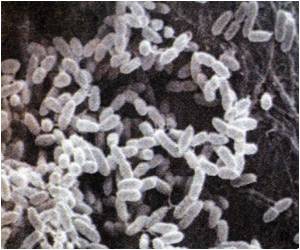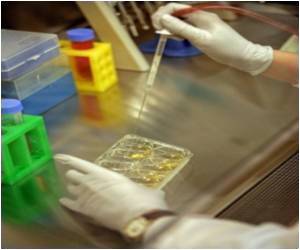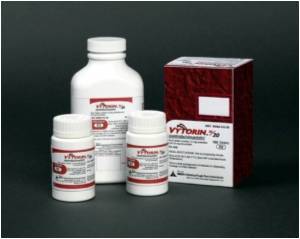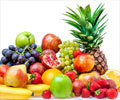It is now possible for researchers to 'train' bacteria to convert some of the key sugars in vegetable, fruit and garden waste into 'green' products like bioplastics.

Lignocellulose, the complex combination of lignin and cellulose present in the stalks and leaves of plants that gives them their rigidity, is such a material.
"Unfortunately, the production of plastics from bio-wastes is still quite an expensive process, because the waste material is not fully utilized," Meijnen said.
The pre-treatment of these bio-wastes leads to the production of various types of sugars such as glucose, xylose and arabinose. These three together make up about eighty per cent of the sugars in bio-waste.
The problem is that the bacteria Meijnen was working with can only digest glucose but not xylose or arabinose, thus leaving eighty per cent remains unused.
"A logical way of reducing the cost price of bioplastics is thus to 'teach' the bacteria to digest xylose and arabinose too," he said.
Advertisement
This method did work, but not very efficiently: only twenty per cent of the xylose present was digested. The modified bacteria were therefore 'trained' to digest more xylose.
Advertisement
He tested the ability of these bacteria to produce pHB, a biochemical substance, from xylose and from other sources such as glucose and glycerol.
"This strategy also proved successful, allowing us to make biochemical substances such as pHB from glucose, glycerol and xylose. In fact, the use of mixtures of glucose and xylose, or glycerol and xylose, gives better pHB production than the use of unmixed starting materials. This means that giving the bacteria pretreated bio-wastes as starting material stimulates them to make even more pHB."
The study will be presented at TU Delft on Monday 22 November 2010.
Source-ANI














